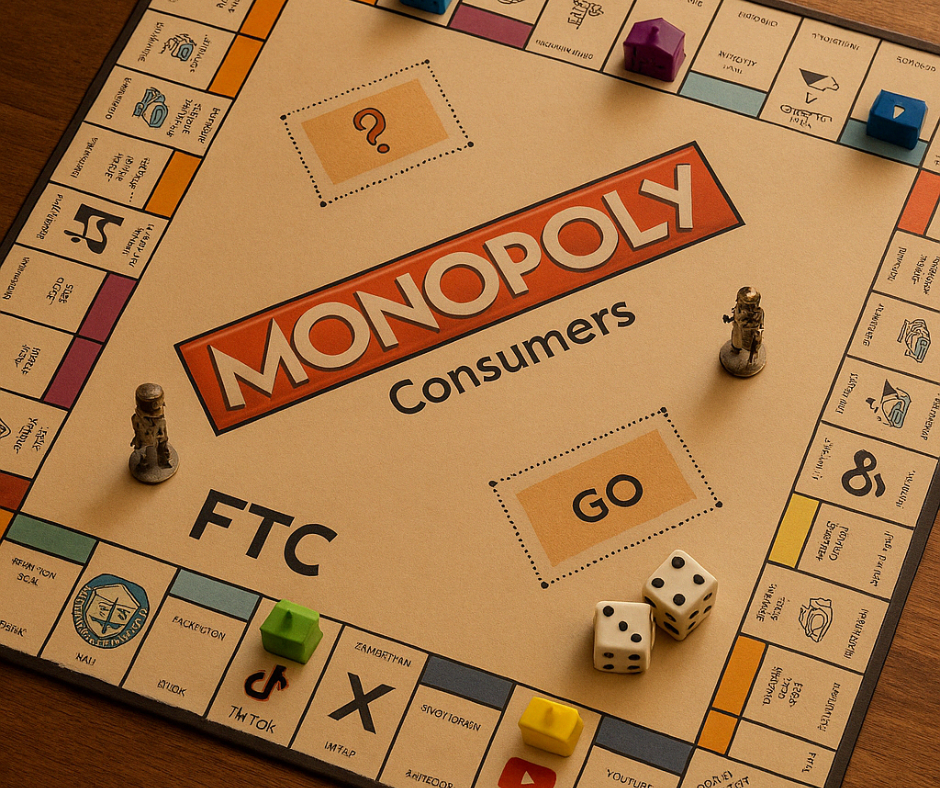Surgeon General Vivek Murthy dropped a bombshell into the national debate over social media regulation on Wednesday with an opinion piece calling for Congress to slap health warning labels on social media apps. This marks a seismic shift in the federal government’s souring attitude toward social media at a time when states are passing their own laws on social media algorithms and app features aimed at protecting minors online.
Congress should not take up the surgeon general’s call to label social media like cigarettes and alcohol. Social media clearly affects the lives and development of young people in many ways, but the expansion of warning labels into the realm of mental health outcomes online is both subjective and politically loaded.
Murthy’s call to action states that “social media is associated with significant mental health harms for adolescents. A surgeon general’s warning label, which requires congressional action, would regularly remind parents and adolescents that social media has not been proved safe.”
This line alone raises some serious questions about the angle the nation’s top doctor is taking to assess which products warrant warning labels. A product of any kind being “proven safe” is different from being “proven hazardous.” It’s the same framework as “innocent until proven guilty” versus the other way around.
The conclusions of Murthy align with author Jonathan Haidt, whose book The Anxious Generation has been garnering national attention since its April release. Both agree that Washington “can’t wait for certainty” when it comes to putting warning labels on social media apps.
Haidt and Murthy both skirt recommendations on what a warning label would look like when it comes to social media and what apps or platforms would qualify. Various social media regulation proposals in Congress have directed regulation toward platforms with particularly large user bases while exempting smaller players. Others have created carve-outs for apps driven by direct messaging features, creating room for hybrid social messaging apps such as Snapchat to avoid regulation affecting their competitors.
Will the label go on the app’s logo on your device’s home page? Will the label appear each time you open the app or only once upon creating an account? The surgeon general seems to leave this up to Congress to decide, along with any metrics for what platforms qualify as the social media responsible for poor mental health in youth.
It’s not an insignificant question. Does Discord count as social media, or are Facebook and Instagram the design standard by which Congress would legislate labels on these apps? It’s doubtful that Congress will ignore the political subculture of different apps when considering which ones it finds harmful to public health.
Congressional Democrats did not come around to forcing ByteDance’s sale of TikTok in the United States based on the effect of the app on its users’ mental health, which is suspect, but instead were motivated by national security concerns.
When you remove the designs of various social media platforms as well as algorithms, you’re left with platforms that simply connect people to each other. There is real cause for concern that this could serve as the metric for “social media,” lumping TikTok, Pinterest, WhatsApp, X, and LinkedIn all into the same category. To avoid the warning label, tech companies would offer fewer unique design features and curated experiences using algorithms.
You could also see a future in which social media companies accept the warning label so that they can treat it as a new cost of doing business and be shielded from any future liability over harm done to users. The government-imposed label creates a shield for the firms and does little to inform parents of children using social media more than they already know.
There is little doubt to regular users of social media that these apps create certain levels of stress and anxiety that weren’t showing up in mass before 2010 when social media went mainstream. For parents and educators, the distraction and addictiveness social media poses to children are already well-known points of concern. A warning label is not going to change the dynamic. It will, however, stumble into political favoritism and bias based on whose constituents prefer which apps.
Consider the political culture of TikTok, the elephant in the room for this conversation. Are Democrats and Republicans ready to have a candid conversation about which mental health trends, specifically, they find so worrisome on these social media platforms?
Social media is not a public health equivalent to smoking cigarettes. Fresh thinking on these challenges is what consumers need, not “copy and paste” strategies from the 1960s.
Originally published here




